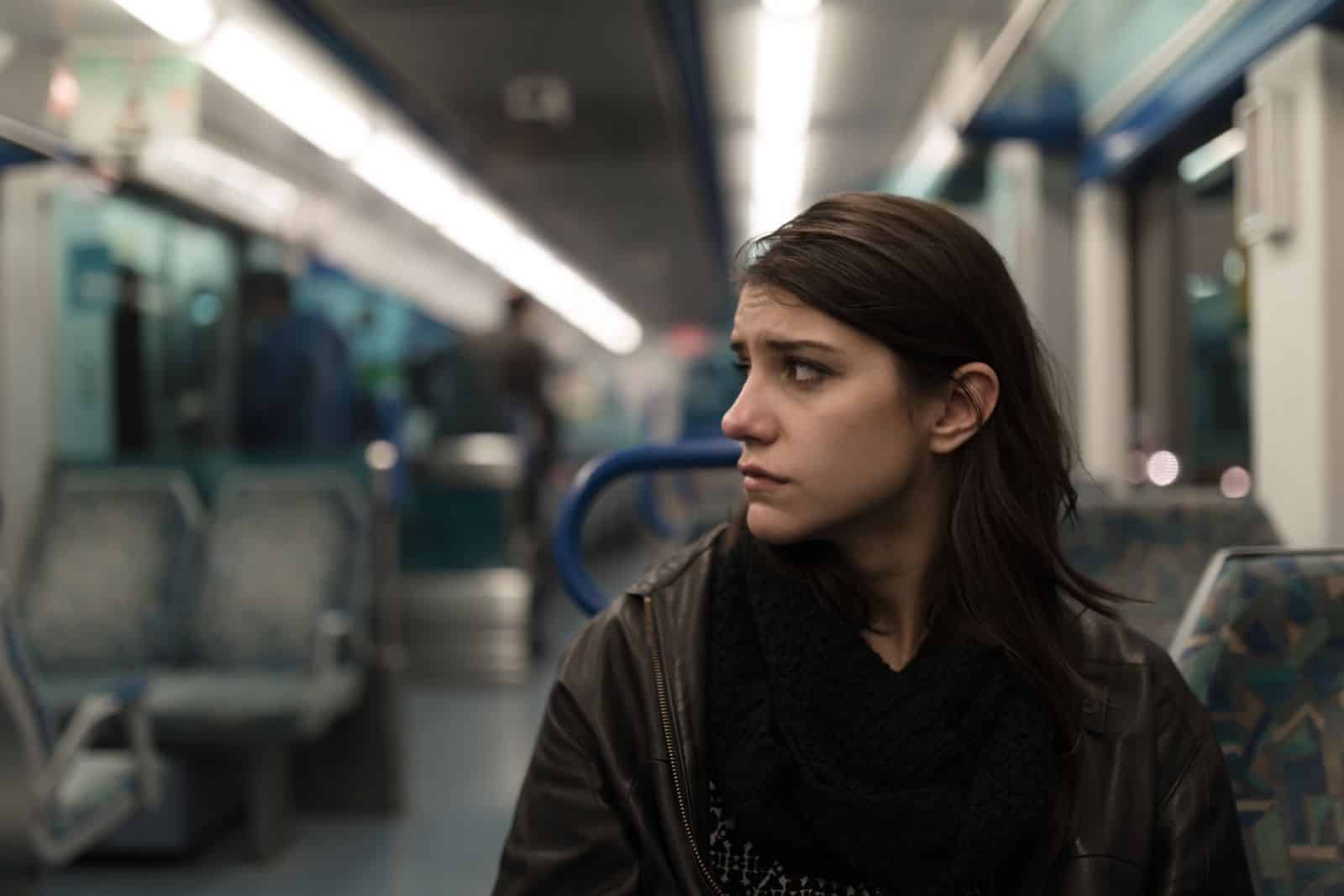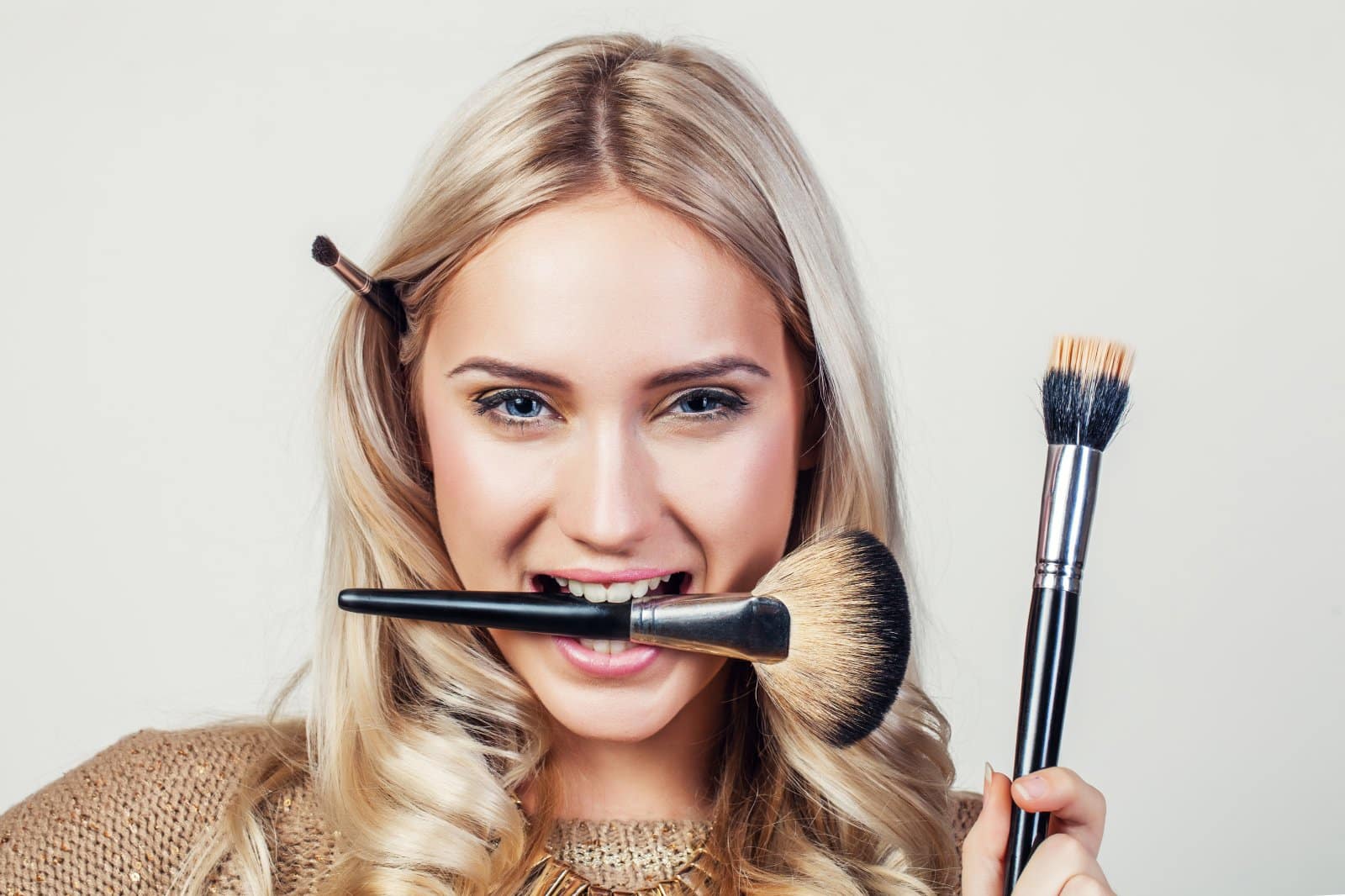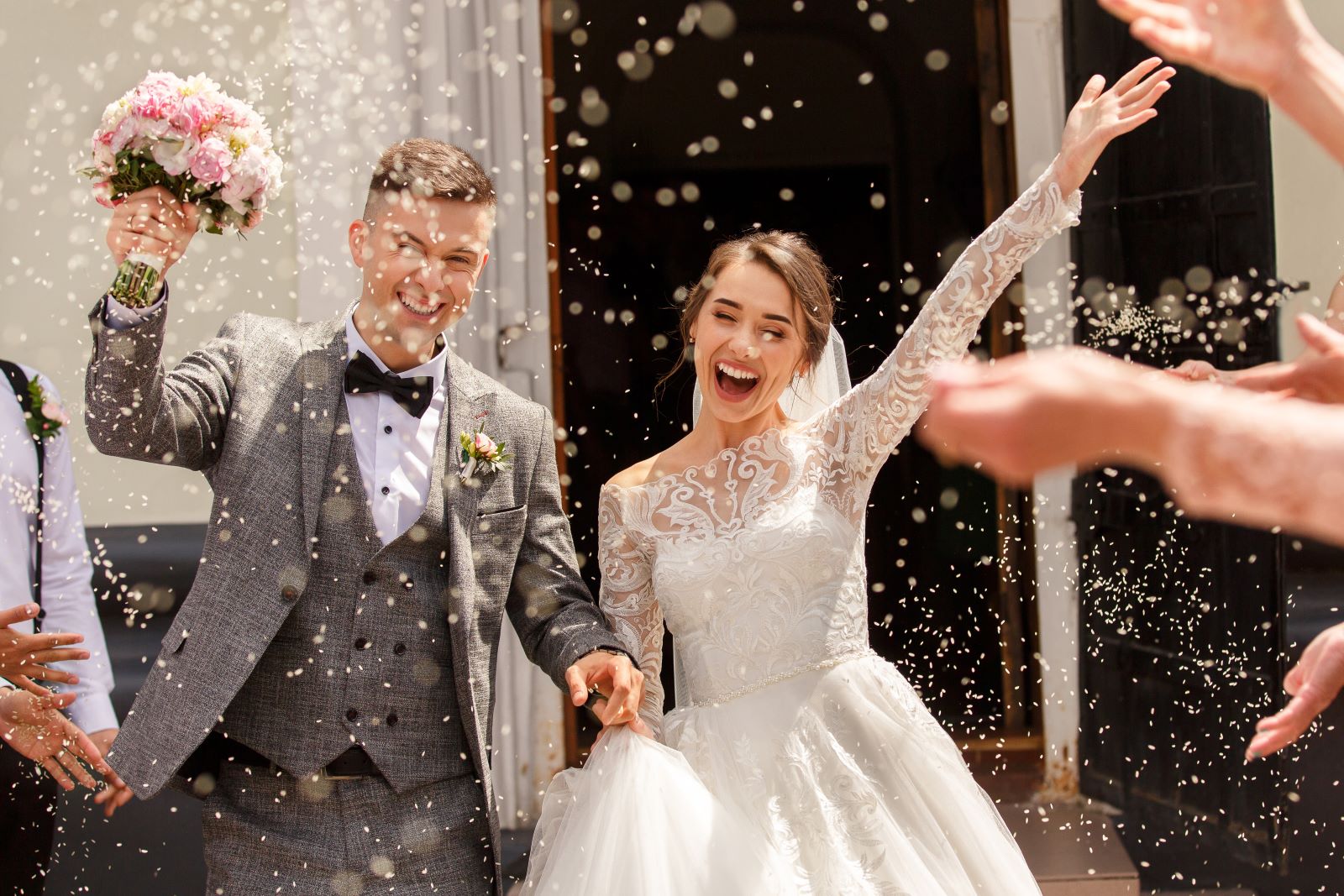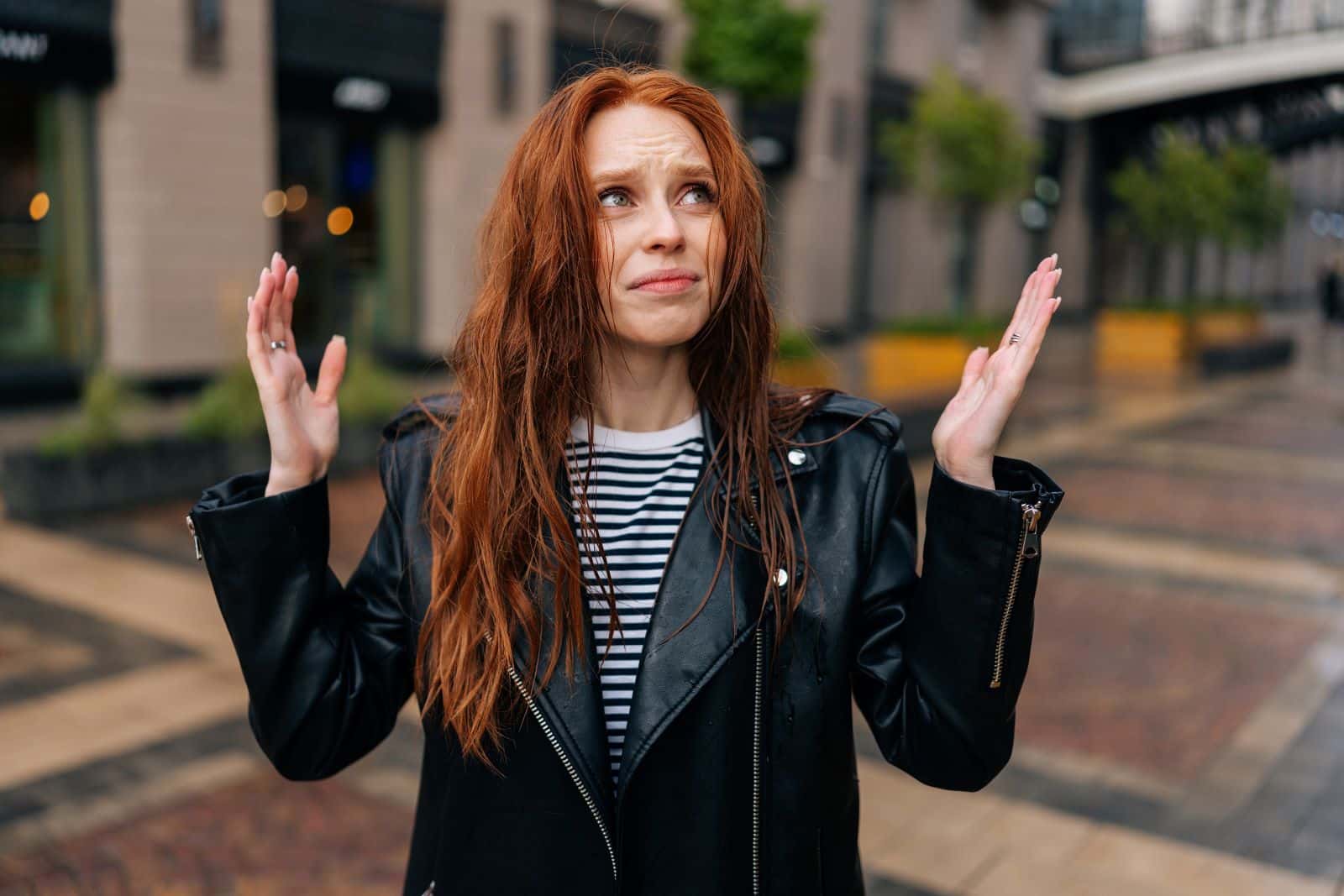Once upon a time, in a land not too far from our own, fairytales spun stories of magic, daring quests, and princesses with hair strong enough to double as a ladder. These tales passed down through generations, have captivated hearts and imaginations with their enchantment and whimsy. But lurking beneath the surface of these spellbinding stories is a less magical narrative about the roles of women. With a playful jab and a twinkle in our eye, let’s dive into how these beloved tales might not be doing our heroines any favours.
1. Damsels in Distress

The go-to plot device: a woman in trouble waiting for a man to save her because, apparently, locksmithing is a male-only skill.
2. The Prince Charming Complex

The idea that a woman’s problems can be solved by finding the right man, preferably one with a castle.
3. Beauty as Currency

A woman’s value often lies in her beauty, not her brains, bravery, or baking skills (unless she’s baking a poison apple).
4. Evil Older Women

The villain is often an older woman, suggesting that ageing is both wicked and unattractive.
5. The Passive Princess

Many princesses seem to have no ambitions beyond singing with wildlife and waiting for their true love.
6. Love at First Sight

The notion that you can (and should) fall in love with someone based on looks alone undermines the importance of personal connection and compatibility.
7. Happily Ever After Through Marriage

The ultimate goal? Marriage. Because a fairytale can’t possibly end with a woman finding fulfillment in her career or hobbies.
8. Sacrificing for Love

Women often change or give up their dreams for love, while men’s lives remain remarkably unchanged post-nuptials.
9. The Makeover Solution

Transformations that make the heroine more traditionally feminine and attractive to ensure her happy ending.
10. The Silent Siren

Women with voices that enchant but are often silenced, literally or metaphorically, to fit into societal norms.
11. Rescue as Romance

The idea that saving a woman in danger is not just heroic, but a viable foundation for a romantic relationship.
12. The Jealous Female

Women pitted against each other over looks or a man’s attention, because clearly, there’s nothing else to life.
13. Women’s Work as Trivial

Cinderellas and Snow Whites are celebrated for domestic work, subtly reinforcing traditional gender roles.
14. The Quest for Perfection

Heroines are often portrayed as paragons of virtue, setting an unrealistically high standard for real women.
15. Choicelessness

Rarely do fairytale heroines get to choose their own paths; their fates are frequently dictated by men or magic.
16. The Trophy Wife Scenario

Women are sometimes treated as prizes to be won, rather than partners to be loved and respected.
17. The Faint of Heart

There is a tendency to faint or need rescuing when the going gets tough because, apparently, women are as fragile as glass slippers.
18. Dependency Over Independence

Stories that celebrate dependency on a man or marriage for financial security or social status.
19. Maternal Sacrifice

Mothers in fairytales often die early or sacrifice themselves, suggesting that motherhood is a path of inevitable martyrdom.
20. The Pursuit of Purity

Women in fairytales must often remain pure and innocent to be deemed worthy of love and a happy ending.
A Modern Spell for Old Tales

While fairytales offer a window into the fantasies of yesteryear, it’s clear they also reflect dated views on women’s roles and relationships. Perhaps it’s time to rewrite these stories, giving our heroines the agency, complexity, and fabulous flats they deserve. After all, who says a princess can’t slay her own dragons?
The post 20 Fairytale Narratives That Limit Women’s Empowerment first appeared on Lists Lovers.
Featured Image Credit: Pexels / Alasdair Braxton.
For transparency, this content was partly developed with AI assistance and carefully curated by an experienced editor to be informative and ensure accuracy.

